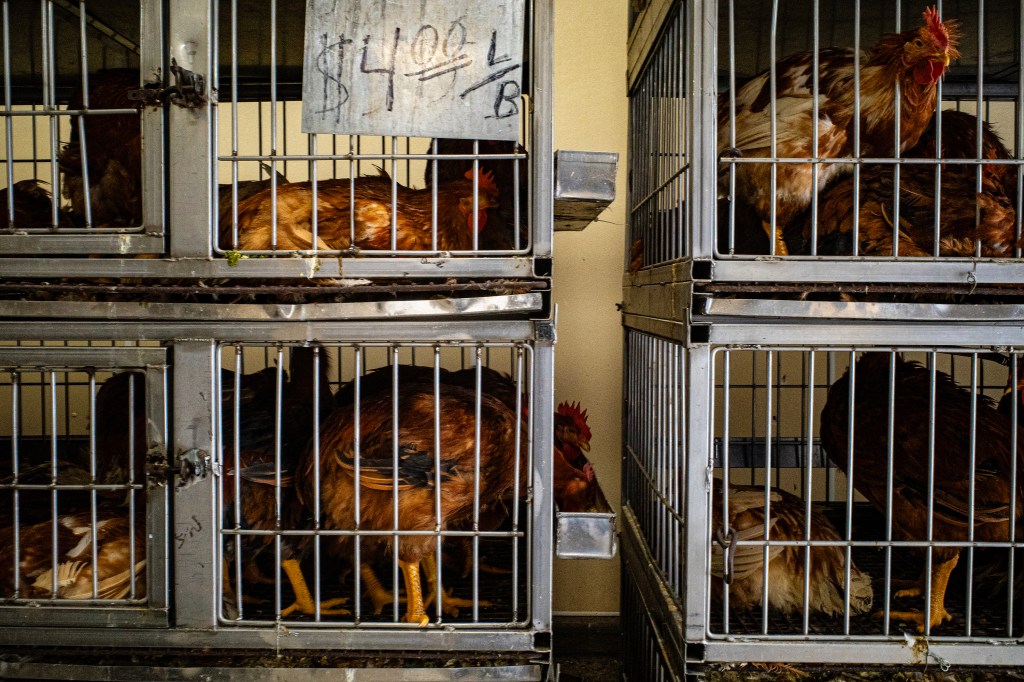Now Reading: Bird flu forced 30M chickens to be culled across nine states so far this year
-
01
Bird flu forced 30M chickens to be culled across nine states so far this year
Bird flu forced 30M chickens to be culled across nine states so far this year

Bird flu has led to the culling of 30 million chickens in nine states this year due to outbreaks. The Department of Agriculture has confirmed 41 outbreaks across Arizona, California, Iowa, Indiana, Missouri, North Carolina, Ohio, Pennsylvania, and Washington. Ohio, which experienced a significant portion of the spread this year, reported a new outbreak this week, its first since March. The egg markets were heavily impacted by the culling, resulting in a national egg shortage and inflated prices. While prices have decreased since then, the average wholesale price of eggs remains at $3.13, according to the USDA.
In response to the outbreaks, the USDA proposed a $1 billion plan to combat bird flu, with $400 million allocated to support affected farmers in cleaning and repopulating their farms. However, efforts to address the issue were hindered by layoffs at the Department of Health and Human Services, influenced by Robert F. Kennedy Jr., who opposes vaccinating flocks. Human cases of bird flu have been reported since April 2024, but no cases have been attributed to human-to-human transmission. The risk of bird flu for the general public is considered low, but individuals with close contact to infected birds and animals are at higher risk of infection. Since 2022, over 168 billion poultry birds have been affected by avian influenza.






